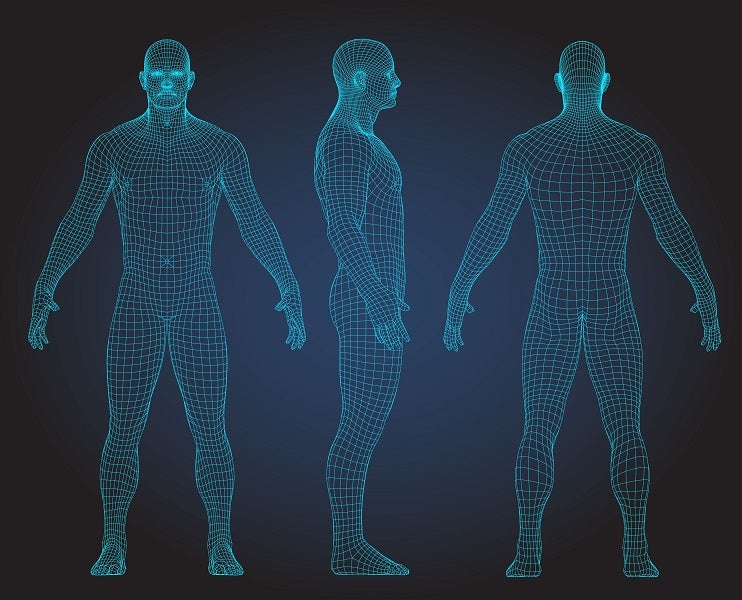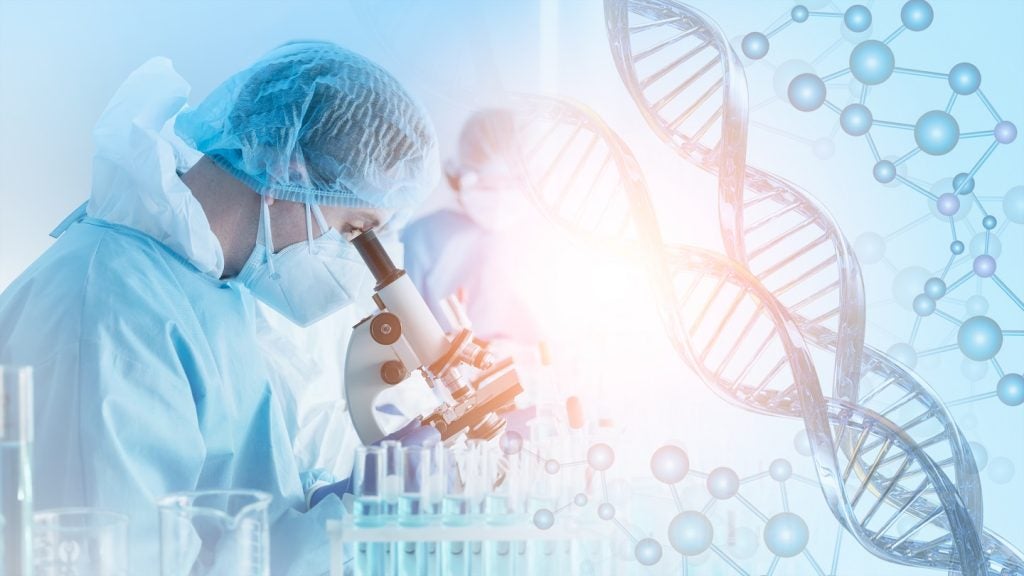
Scientists at Wake Forest Institute for Regenerative Medicine (WFIRM) have developed what they claim to be the world’s most sophisticated laboratory model of the human body.
The researchers have created a set of miniaturised organs that can be used to detect adverse effects of drugs before they’re prescribed to patients.
The tiny 3D tissue structures are built from many human cell types combined into tissues and represent a majority of internal organs, including the heart, liver and lungs. They contain blood vessel cells, immune system cells and fibroblasts, and perform the same function they do in the human body.
Another hallmark feature of the WFIRM organ tissue system is the blood circulatory system. Each organ contains media that circulate among all the organ types to deliver oxygen and remove waste, using microfluidics to recirculate test compounds through the organ system and remove the drug breakdown products that each organ is producing.
The microfluidic circuit recirculates drug samples over and over through the organ system in the same way the heart recirculates molecules through the human body.
Despite their small size, at roughly one millionth the size of an adult human organ, the organs have the potential to speed the path of drugs to market, lower the cost of clinical trials and reduce or eliminate animal testing.
How well do you really know your competitors?
Access the most comprehensive Company Profiles on the market, powered by GlobalData. Save hours of research. Gain competitive edge.

Thank you!
Your download email will arrive shortly
Not ready to buy yet? Download a free sample
We are confident about the unique quality of our Company Profiles. However, we want you to make the most beneficial decision for your business, so we offer a free sample that you can download by submitting the below form
By GlobalDataWFIRM director Dr Anthony Atala said: “The most important capability of the human organ tissue system is the ability to determine whether or not a drug is toxic to humans very early in development, and its potential use in personalised medicine.”
The miniature organs have been used to measure the toxicity in many drugs approved for human use that were later pulled from the market due to harmful side effects. More than 15 tissue and organ technologies developed by WFIRM scientists have been tested in humans in clinical trials.
Toxicity that has been missed using standard 2D cell culture systems, animal testing models or human clinical trials has been detected and replicated by the WFIRM 3D organ system.
Atala said: “Weeding out problematic drugs early in the development or therapy process can literally save billions of dollars and potentially save lives.”





